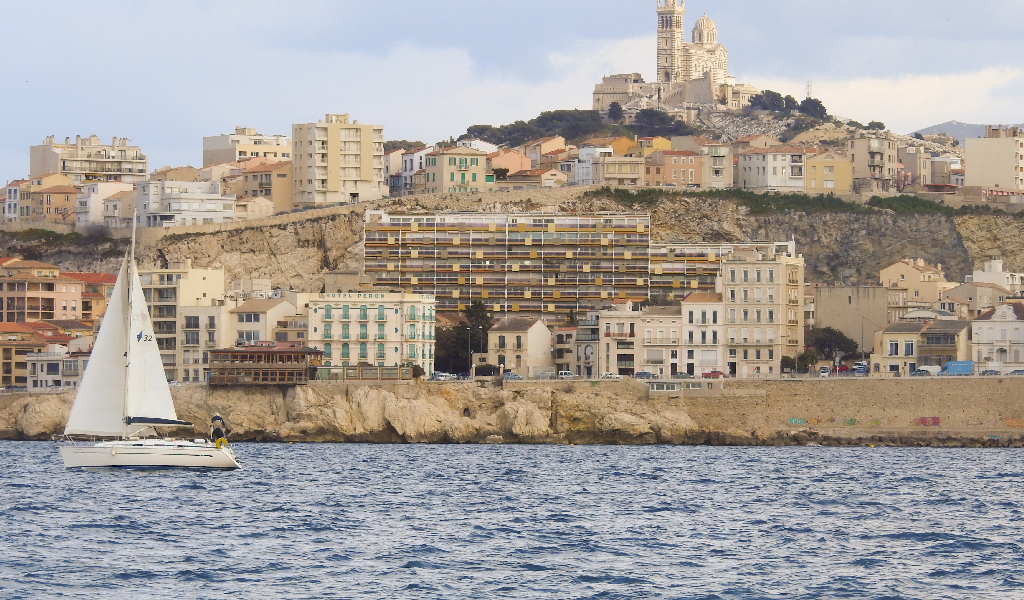
During my fourth visit to France earlier this year, I visited the Haute Alps and Provence regions with a base in the country’s second largest city. Between Marseille’s history as France’s oldest city and its contemporary façade, there’s much to do during a three-day visit to this seaside marina town along France’s southern coastline.
Day one
After a hearty Mediterranean breakfast at the InterContinental’s Les Fenetres restaurant, take the Petit Tourist Train to Notre-Dame de la Garde – Marseille’s defining landmark. This Catholic basilica was built over 21 years on the foundations of an ancient fort atop the city’s highest point. From the elevation of 149 metres, it offers a visual introduction to the Old Port (Vieux-Port) and the city’s 100-odd districts that dissolve into the coastline.


After descending the hill, head to the Old Port for a walk along Quai de la Fraternité. A pop-up market displays freshly-caught fish and seafood on ice along this waterside boardwalk. Near L’Ombrière – a reflective steel canopy designed by architect Norman Foster – hop abroad the solar-powered ferry (€ 0.50; 5 minutes) that crosses from one side of the port, near Place aux Huiles, to the other at the Town Hall.

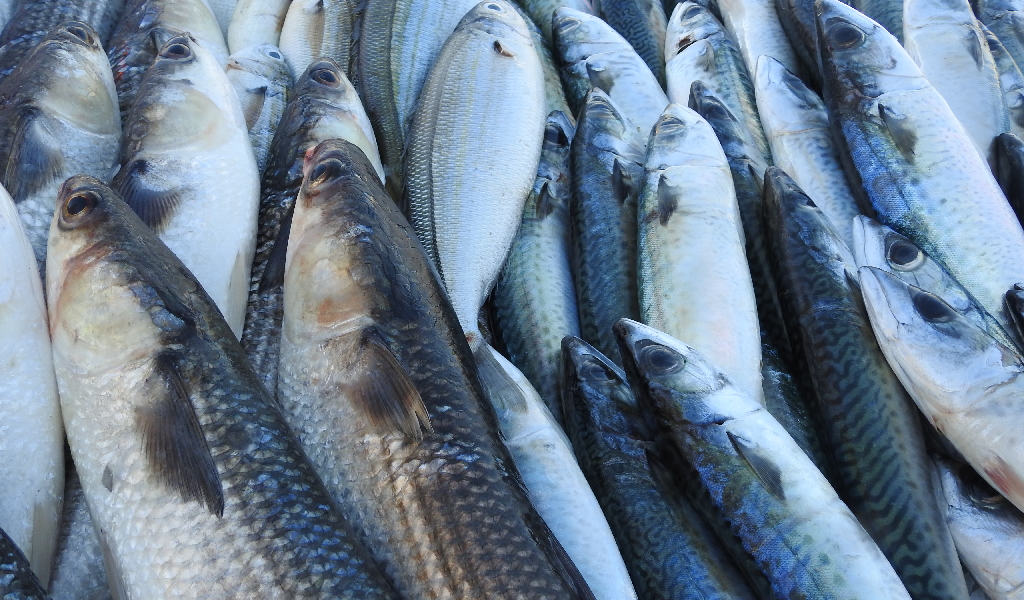
Once you’ve worked up an appetite, savour the flavours of bouillabaisse – the city’s signature dish, which fishermen prepared for their families using unsold fish. Today, this much-loved stew includes a mix of Mediterranean fish – such as John Dory, Conger eel, Capon fish, Scorpion fish – with tomatoes, onions and garlic, while its distinct Provençal taste derives from the rouille paste.
Next Le Panier, located behind the Town Hall, beckons. Though it was once the heart of the old city, today it’s an al fresco art gallery. Large-scale murals, graffiti, stencils and tags add character to this once forgotten suburb. Creatives have set up ateliers, workshops, concept stores and vintage clothing shops along its alleyways. Hole-in-the-wall patisseries turn cobbled sidewalks into meeting places for old friends, where they watch ceramists, mosaicists and jewellers ply their trade. Explore Le Panier at your own pace on foot, abroad the Petit Tourist Train or with a guide from the Marseille Tourism Office.
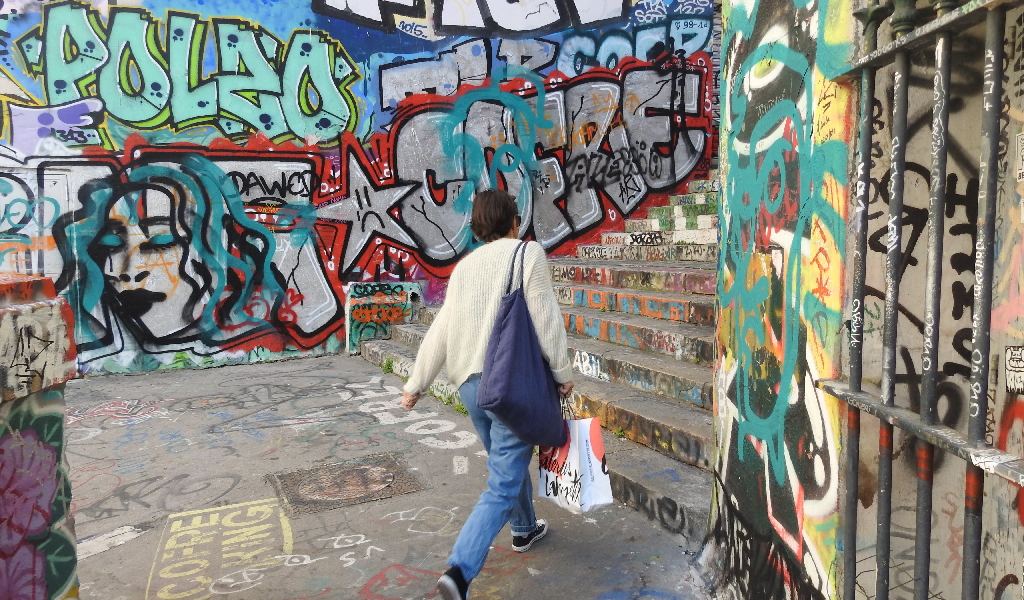
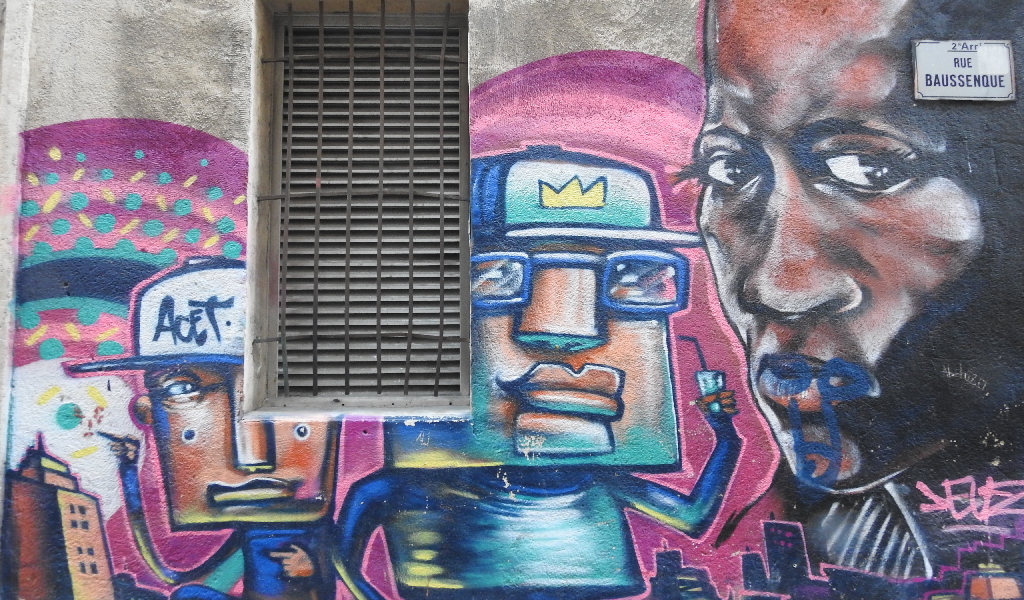
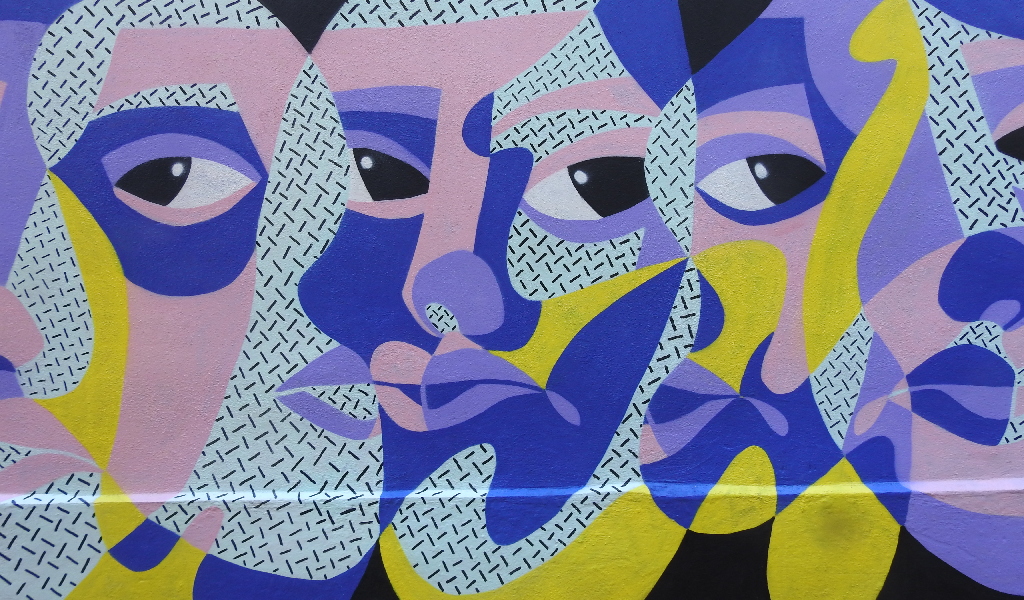
Near St Laurent church, a 70-metre footbridge links the Esplanade de la Tourette to the 17th century Saint-Jean military fort that is now part of MuCEM – the Museum of European and Mediterranean Civilisations. Within this 15 000m2 latticework cube, you can acquaint yourself with stories of yesteryear, art and culture through its permanent and temporary exhibitions. To admire the spectacular view from this seafront museum designed by Rudy Ricciotti, grab a sundowner drink atop its panoramic terrace restaurant, followed by dinner at one of the city’s six Michelin-starred restaurants.



Day two
Day two begins with a 20-minute ferry ride to the Frioul archipelago of four islands – If, Ratonneau, Pomègues, and Tiboulen. Besides a few fishermen here and there, If Island was uninhabited until the 16th century when Francois the First built a fortress due to its strategic positioning. In the 17th century it was converted into a prison that saw Protestants meet their untimely death. The Island and its prison have been immortalised by Alexandre Dumas’ The Count of Monte Cristo.



The second stop is port Frioul on the largest island, Ratonneau, which is connected to Pomègues Island by a man-made embankment. Walk the islands in search of sand or pebble beaches on which to sunbathe, followed by a taste of Pastis (an anise-flavoured aperitif) from one of the few restaurants and cafes, as you watch the moored yachts nod in the marina.

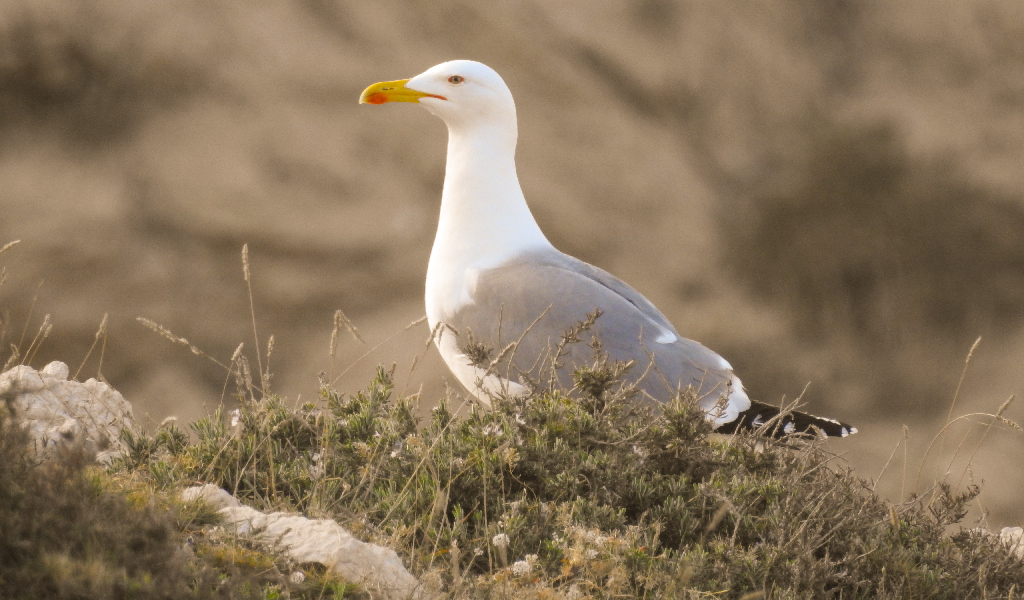


Back on the mainland, lunch along the 5km-long La Corniche coastal road before heading to La Cité Radieuse. The 1940s residential development is a listed UNECO World Heritage site. Join the 2pm guided tour of the building with city’s tourism board to learn about architect Le Corbusier’s modernist philosophy, while you walk through a listed apartment and gawk at the views from the 360-degree rooftop.

The tour also takes you through the Euroméditerranée, the city’s central business district, which is now prime real estate after an urban renewal project that is said to be the largest regeneration area (480 hectares) in Southern Europe. The 19th century multi-storey docks have been converted into a hub of offices, apartments, studios, showrooms and restaurants. Les Docks is also home to makers and tinkerers. While the city’s tallest building, the CMA CGM tower, overlooks the old silo that has been given new life as a concert hall.
Day three
Head further out of the city centre on day three, where you can explore some of Marseille’s 57 kilometres of coastline by boat, foot, kayak or snorkel. Calanques National Park – which outlines the coast between Marseille and Cassis in white cliffs – is Europe’s first and France’s largest peri-urban nature park. It boasts incredible biodiversity, including over 900 plant species, 50 of which are classified as rare – such as the Gouffé grass, which exists nowhere else in the world – while 15 are protected. Keep your binoculars close, as you may also spot a Peregrine Falcon, Bonelli’s Eagle and a Great Horned Owl.



Visit the nearby fishing village of Les Goudes – just another of the city’s 100-plus districts for scenes of fishing boats floating in the Mediterranean from your restaurant window. These views add more Provençal flavour to your seafood feast, which you should have with a side of panisse (chickpea flour) fries.

End the day with a guided walking tour through the multicultural neighbourhood of Cours Julien that hosts an annual street art festival – the vestiges of which attract many to its courtyards, staircases and streets, and have made Marseille the epicentre of France’s street art culture.
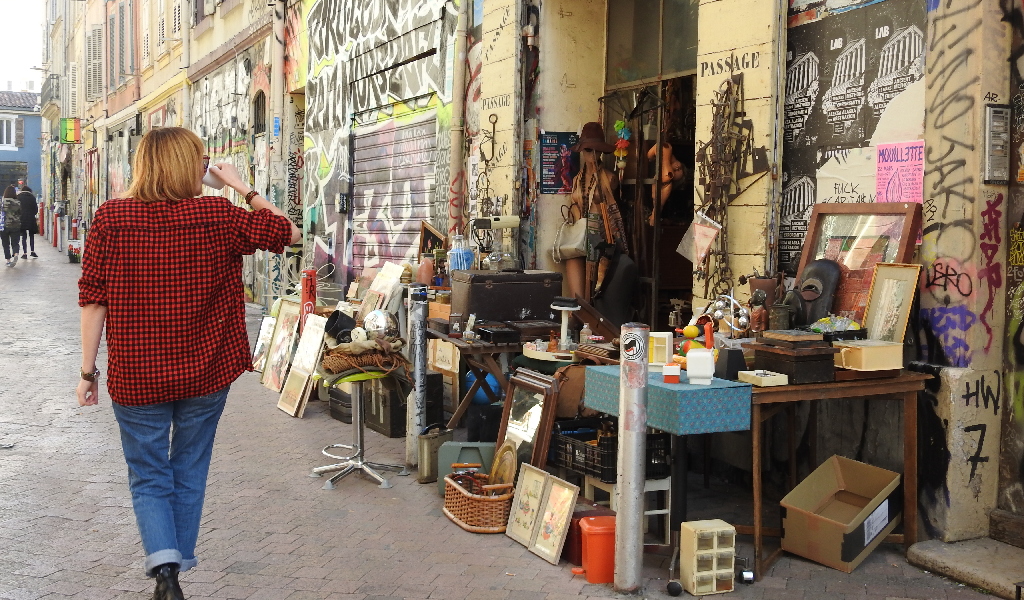
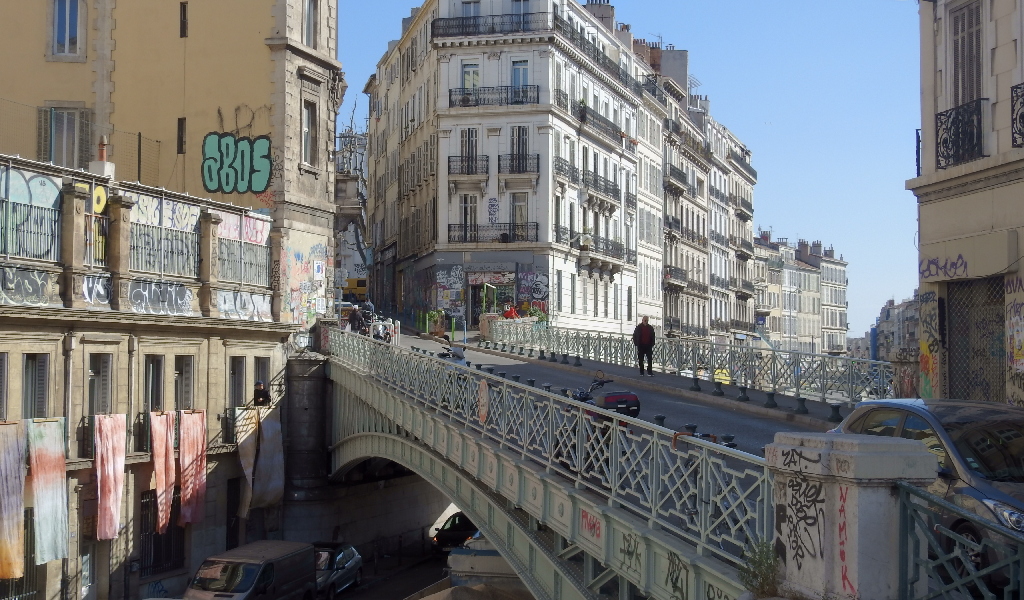
What you need to know when visiting Marseille
The Marseille City Pass (24/48/72 hours) is a contactless card that grants access to all forms of transportation in the city, including ferries to If Island, the touristic train, hop-on hop-off tour, museums, plus discounts to various popular attractions.
Where to sleep in Marseille
During my stay, I was hosted by The InterContinental Marseille Hotel Dieu. This five-star hotel is located on the edge of the Vieux-Port area. The building is a national monument and was Marseille’s primary hospital for around 800 years until 1993. The hotel was opened 20 years later, as part of the Euroméditerranée project. It boasts 172 rooms, 22 suites and a presidential suite. Ask for a room that faces Notre-Dame de la Garde. Breakfast is served at Les Fenêtres Brasserie, while Alcyone Restaurant is one of four Michelin-starred restaurants in Marseille.
Planning your trip to Marseille
Plan your trip to France by starting your research on the French Tourism Board website and The Marseille Tourism Board Website.

Related Reading
Did you know that Reunion Island, which floats in the Indian Ocean between Mauritius and Madagascar is a French Department? Read my blog post about Volcano Tourism on Reunion Island, if you want to explore a more tropical side of France.
Pin this for later
***
I was hosted by Atout France as I was visiting on assignment as part of my freelance work. This article appears in teh August 2019 issue of SLOW Magazine. As always, I maintain editorial control of all content published on this website, but you already know that. ;)







Pingback: The A-Z Guide for Réunion Island | Eager Journeys
Pingback: Black Friday and Cyber Monday Travel Deals | Eager Journeys